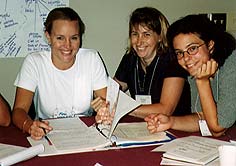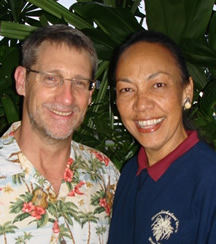Presentation: Integrating Identity and Culture in Hawaiian Immersion
Identity and culture are key factors in the programming of the ʻAha Pūnana Leo, the non-profit that began Hawaiian language immersion movement twenty-five years ago. Like many similar indigenous language immersion efforts, our movement has a goal of fully revitalizing the target language and culture. When we began, there were less than 40 children anywhere who spoke Hawaiian fluently. Today there are over 2,000 enrolled in immersion schools with increasing numbers of graduates raising their children as first language speakers.
Our experience suggests that American and Canadian immersion programming for students from the dominant North American Anglo ethnic group, and also immigrant ethnic groups, could be further intensified without harming the English language skills and identity of students. For other indigenous populations, our experience provides a model that has resulted in students becoming more receptive to pursuing achievement in standard English and academics as they strengthen their indigenous identity.
For the 'Aha Pūnana Leo, the identity of our programing is Hawaiian in interactional style, perspective, rituals, and content studied. Students and teachers follow Hawaiian ways of classroom discipline, discuss new material based on prior Hawaiian knowledge, organize their school day and events using Hawaiian traditional culture, and study Hawaiian academic fields as part of their course content. We have also begun to require that all students study a third language and culture as a means to further their understanding of their place in Native Hawaiian and Anglo-American culture. We see multilingualism as an important asset that protects the existence of small indigenous peoples while also providing access to the globalized national and international community.




